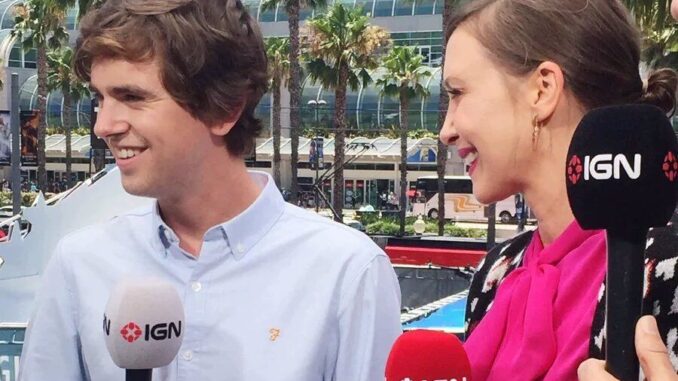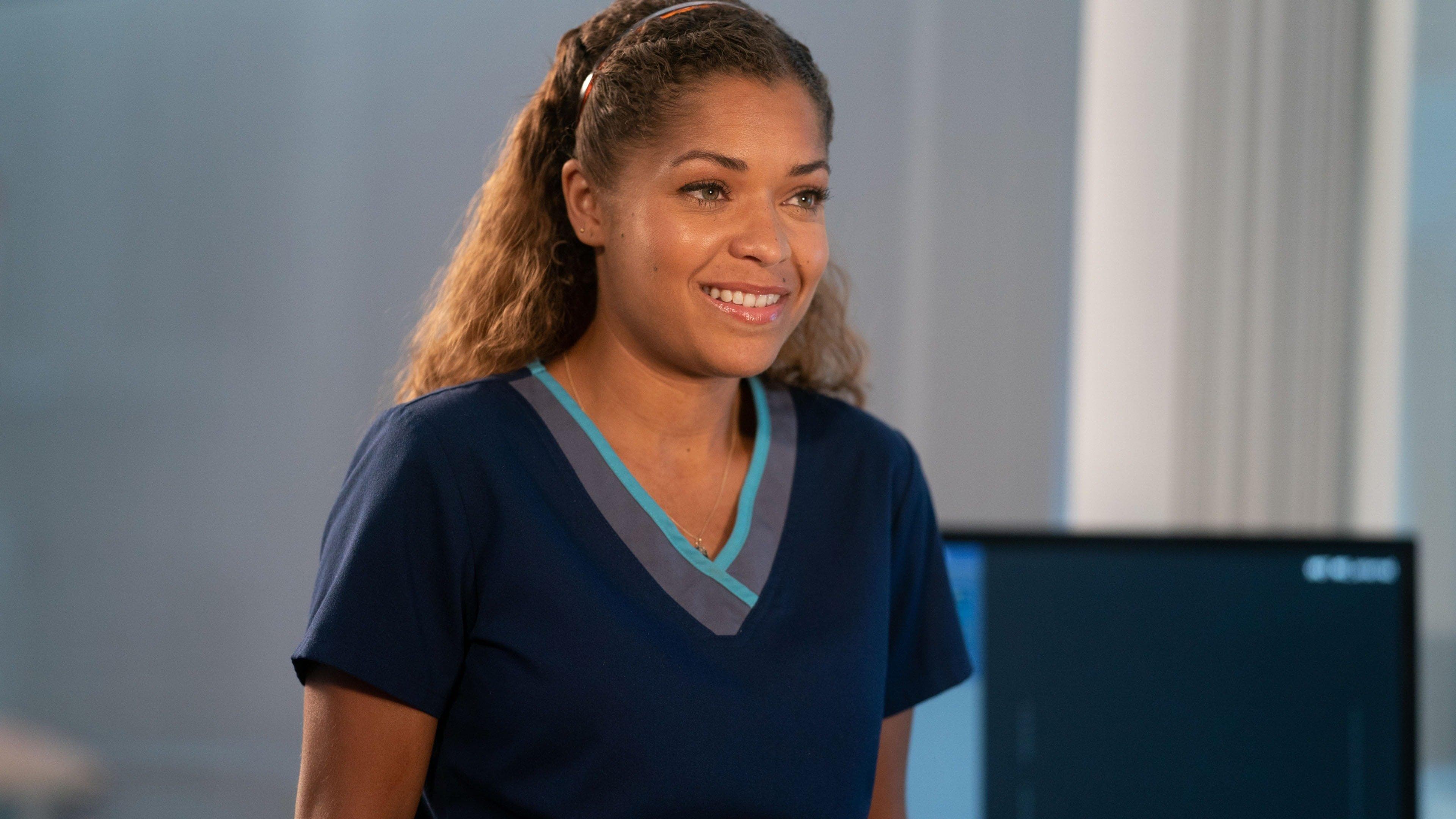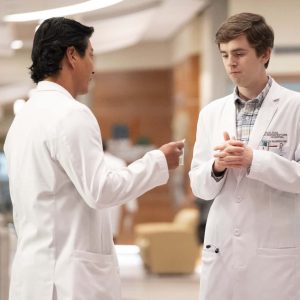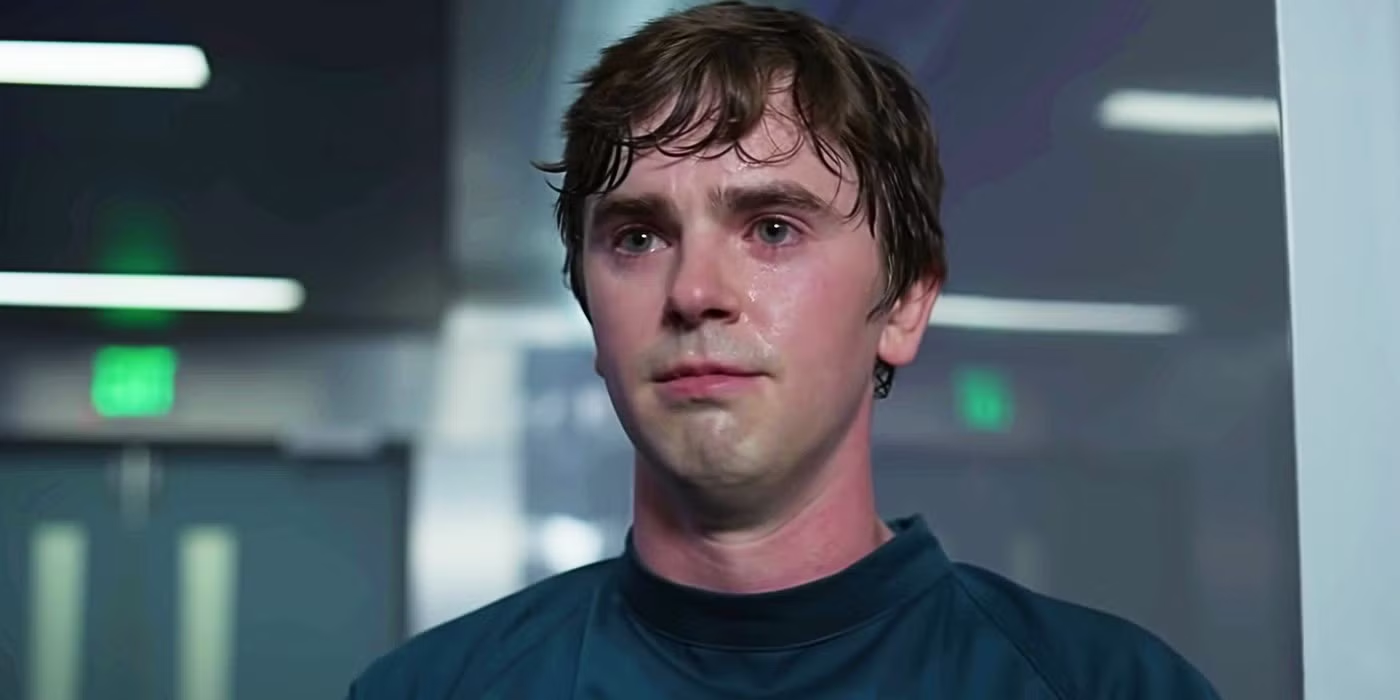Television is filled with medical dramas—fast-paced, intense, and often emotionally manipulative. But every once in a while, a show rises above the noise. The Good Doctor didn’t just aim to entertain. It aimed to connect, to challenge, and most of all, to move. And it succeeded. Week after week, The Good Doctor delivered not only high-stakes surgeries but unforgettable emotional arcs that stayed with us long after the final scenes faded to black.
Whether you were a devoted fan from the pilot or someone who caught an episode by accident, chances are you’ve shed at least one tear watching Dr. Shaun Murphy navigate his life as a brilliant surgeon on the autism spectrum. His journey was never easy—and that’s what made it so real, so raw, and so deeply impactful.
Let’s revisit some of the show’s most heart-wrenching moments—the ones that broke us, healed us, and reminded us why The Good Doctor was never just another TV show.

Dr. Aaron Glassman, Shaun’s father figure and steadfast supporter, has always been a pillar of strength. But the show didn’t shy away from exposing his vulnerabilities—especially when he faced his own cancer diagnosis and subsequent fear of relapse. One particular scene that haunts fans is when Glassman, usually composed and witty, sits alone, staring at his medical results, unsure whether his cancer had returned.
But when Claire decided to leave St. Bonaventure to pursue an opportunity in Guatemala, fans were crushed. Her farewell with Shaun was particularly wrenching. The two didn’t say much—but they didn’t have to. Their goodbye wasn’t grand or overly dramatic. It was subtle, tender, and deeply human. While the show highlighted Shaun’s incredible skills, it never sugarcoated the challenges he faced. Several times throughout the series, we witnessed Shaun overwhelmed by sensory input, anxiety, or emotional overload. One particular meltdown, triggered by a patient’s death and an unsupportive superior, was especially painful to watch.
As Shaun screamed and covered his ears, retreating into himself, it wasn’t just a dramatic moment—it was an educational one. The show pulled back the curtain on autism in a way that was honest and respectful. It taught viewers that emotional regulation for people on the spectrum is not a matter of willpower—it’s biology. And more importantly, it taught compassion.
The Good Doctor may have been set in a hospital, but its true battleground was the heart. It didn’t rely on cheap thrills or shock value. It relied on storytelling rooted in truth, in relationships, in the complicated beauty of being human.
Every tear we shed watching Shaun lose a patient, every ache we felt during a heartfelt confession, every breath we held during a life-or-death surgery—it all added up to something rare: emotional authenticity on mainstream television.




